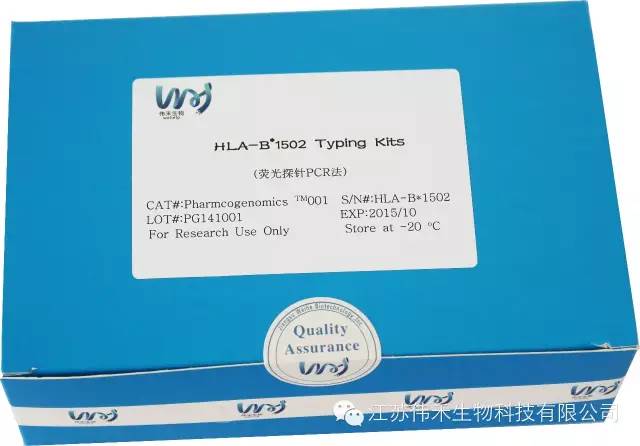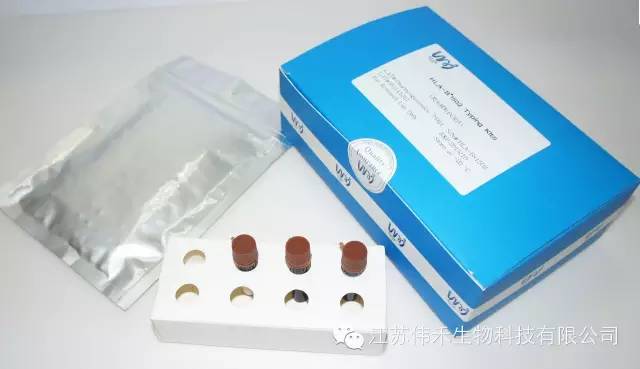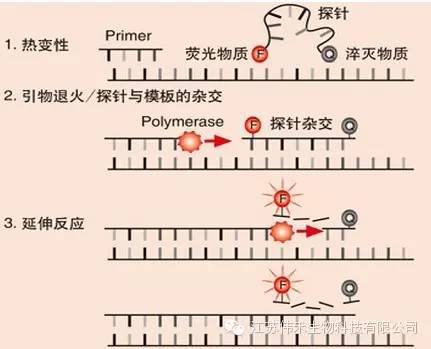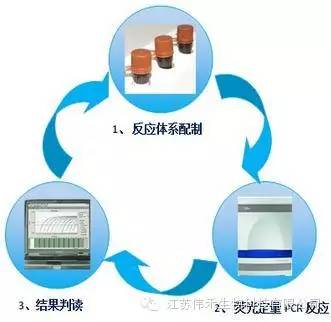

 Now Location:Home--News Center--Company News
Now Location:Home--News Center--Company News
What is HLA
HLA (human leukocyte antigen), also known as human MHC gene, is located in the short arm of human chromosome 6 and exhibits high polymorphism. Its encoded molecules are expressed on different cell surfaces, participate in antigen presentation, constrain intercellular recognition, and induce immune responses.
Since the discovery of the first HLA antigen by Jean Dausset in 1958, HLA has become an important emerging research field in disciplines such as immunogenetics, immunobiology, and biochemistry in the 1970s.
HLA can be divided into two categories. The first category includes A, B, and C, while the second category includes DP, DQ, and DR. HLA exhibits high polymorphism among different human individuals, and it is currently known that HLA plays an extremely important role in the specific identification of T cell immunity and the medication judgment of some clinical diseases.
The significance of detecting HLA genotypes
HLA-B*1502It has been confirmed to be highly associated with Steven Johnson Syndrome (SJS) caused by the use of carbapenem in the Han population, as well as Toxic Epidermal Necrosis (TEN) with a clinical mortality rate of up to 30%.
According to research findings, patients with HLA-B * 1502 gene who take carbamazepine have a 193-1300 times higher risk of drug allergies causing these two symptoms compared to the general population.
The US FDA and medical regulatory authorities in Japan, Taiwan, and other regions have explicitly required doctors to undergo HLA-B * 1502 genetic testing before using carbamazepine in Asian populations, and this test has been included in medical insurance coverage.
Weihe Biological HLA-B * 1502 Testing Product

HLA-B * 1502 fluorescent typing reagent (Weihe Biotechnology)

HLA-B * 1502 fluorescent typing reagent (Weihe Biotechnology)
Weihe Biology (wehelp) HLA-B * 1502 fluorescent typing reagent with sequence specific primers for identifying the molecular types of human major histocompatibility antigens.
The detection principle of HLA-B * 1502 fluorescent typing reagent
Identification of molecular types of human major histocompatibility antigens using sequence specific primers using fluorescent polymerase chain reaction.
Firstly, specific primers and probes are designed based on the known gene sequence of human major histocompatibility antigen molecules. When the primer sequence can fully match the target sequence, polymerase chain reaction is initiated. Special nucleic acid fragments will be replicated and amplified, while the probe bound test sequence will be quenched by polymerase cleavage activity to produce fluorescence.

Schematic diagram of TaqMan probe detection principle
Fluorescence reaction indicates the presence of a target gene sequence that matches specific primers in the sample, otherwise it is not. The detection system design has internal controls.
Detection process

Schematic diagram of detection process
Kit specifications
There are a total of 3 types of reaction tubes (MIX1, MIX2, MIX3);
The MIX-1, MIX-2, and MIX-3 reaction tubes contain nucleic acid primers and probes required for measuring B * 1502;
Main reaction solution, 220 per tube μ L;
Positive control, 50 per tube μ L;
Product features
The method is specific, accurate in detection, easy to operate, and the results are reliable.
Interpretation of test results
According to the result interpretation table in the product manual, the HLA-B * 1502 positive/negative situation of the test sample can be clearly interpreted.
